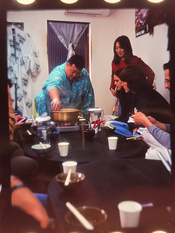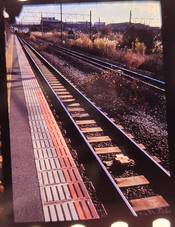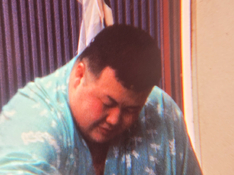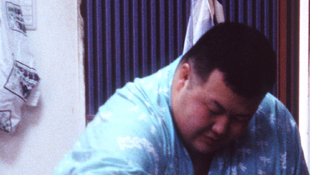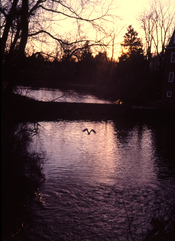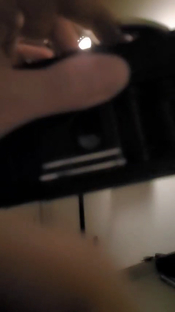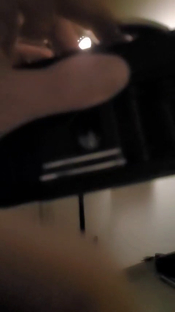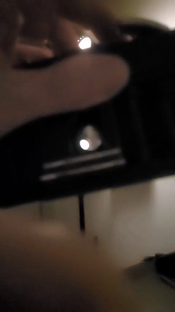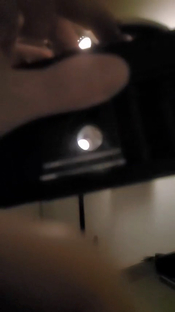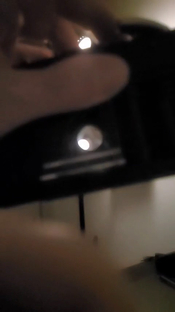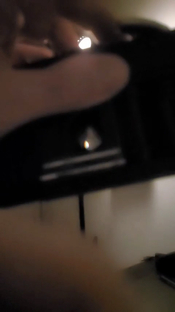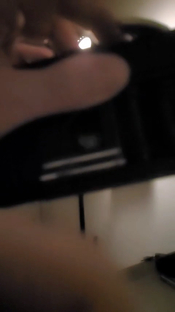My Canon Demi has a rather annoying, but not awful problem: the shutter speeds are slow. I measured them both with audio and my phone's 240fps and 960fps video modes and got results like these:
The speeds are, consistently across the range, about 2/3 of a stop slow. Now, I've been compensating with the ISO dial as my meter seems accurate when referenced to a metering app. So if I shoot ISO 200, I set 320; if I shoot ISO 50, I set it to 80, etc. It's two clicks above the actual film speed on the dial.
Now that's fine enough as a workaround, but I'm missing the slightly faster speeds for shooting in the daylight. And since I effectively can't use speeds faster than 200 without a bit of mental math. I recently shot some Ektachrome pushed to 800 by metering at "200" (ISO 320 to compensate for the slower shutter speeds...) and then setting the camera two total stops faster in shutter speed and/or aperture. Even with the increased contrast of pushing the film 3 stops, this approach gave accurate results. A few shots I made choosing a shutter speed or aperture one stop slower than the speed I "calculated" gave really blown out results.
I've seen many discussions of shutter speeds on LF lenses' leaf shutter to be opening them up and adjusting some "eccentric" screw/gear? And I've looked at a number of EE17 repairs that show the shutter in detail (Here's a couple: A, B) but I don't see this particular problem ever presented and resolved. Usually it's for a sluggish shutter that barely moves, which seems to require cleaning and re-oiling the gears. And thankfully, the shutter mechanism can be reached just by removing the front element and rings.
Is this kind of adjustment possible with the Demi? Do I need any special lubricants?
I do have some smaller problems, like the rewind claw thing that pokes the top of the film cannister is loose. Maybe the crank itself too? The lens focuses a bit sluggishly, like it's resisting more. The self-timer level is stuck. And pressing the shutter button feels not-smooth. Are these ones difficult to resolve?
Thank you!
| Set Speed (sec) | Measured Speed (sec) |
| 1/8 | 1/5 |
| 1/30 | 1/20 |
| 1/125 | 1/90 |
| 1/500 | 1/300 |
The speeds are, consistently across the range, about 2/3 of a stop slow. Now, I've been compensating with the ISO dial as my meter seems accurate when referenced to a metering app. So if I shoot ISO 200, I set 320; if I shoot ISO 50, I set it to 80, etc. It's two clicks above the actual film speed on the dial.
Now that's fine enough as a workaround, but I'm missing the slightly faster speeds for shooting in the daylight. And since I effectively can't use speeds faster than 200 without a bit of mental math. I recently shot some Ektachrome pushed to 800 by metering at "200" (ISO 320 to compensate for the slower shutter speeds...) and then setting the camera two total stops faster in shutter speed and/or aperture. Even with the increased contrast of pushing the film 3 stops, this approach gave accurate results. A few shots I made choosing a shutter speed or aperture one stop slower than the speed I "calculated" gave really blown out results.
I've seen many discussions of shutter speeds on LF lenses' leaf shutter to be opening them up and adjusting some "eccentric" screw/gear? And I've looked at a number of EE17 repairs that show the shutter in detail (Here's a couple: A, B) but I don't see this particular problem ever presented and resolved. Usually it's for a sluggish shutter that barely moves, which seems to require cleaning and re-oiling the gears. And thankfully, the shutter mechanism can be reached just by removing the front element and rings.
Is this kind of adjustment possible with the Demi? Do I need any special lubricants?
I do have some smaller problems, like the rewind claw thing that pokes the top of the film cannister is loose. Maybe the crank itself too? The lens focuses a bit sluggishly, like it's resisting more. The self-timer level is stuck. And pressing the shutter button feels not-smooth. Are these ones difficult to resolve?
Thank you!
Last edited:



